So how do you calculate the right scent load for your candle wax?
To keep things simple and give a helping hand, we’ve created a calculator that’ll do the maths for you. All you have to do is enter the amounts you already know: your desired candle weight and the percentage of fragrance oil you want.
Let’s try the calculator with our example from earlier. We had a desired candle weight of 300g and we want 10% fragrance oil.
You should see that you actually only need 272.7g of wax and 27.2g of fragrance oil. That’s over 2g less than before and could make all the difference in your candles.
It’s super simple to use and that’s exactly why we made it for you. Don’t forget: If you need to know how much wax weight and fragrance weight is needed for a batch of candles, you can also add you candle quantity to the calculator!







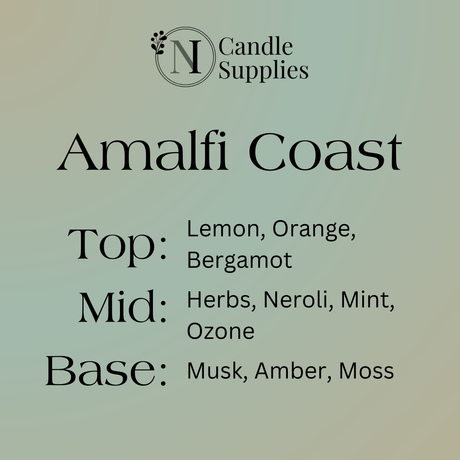




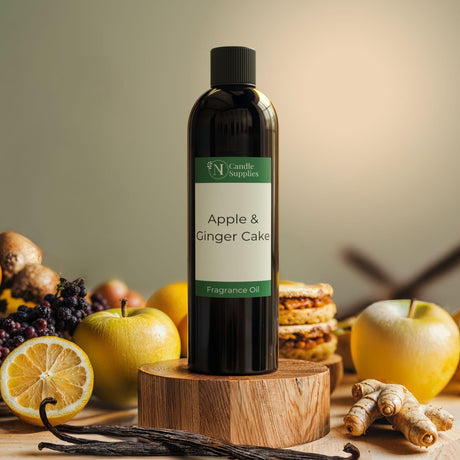






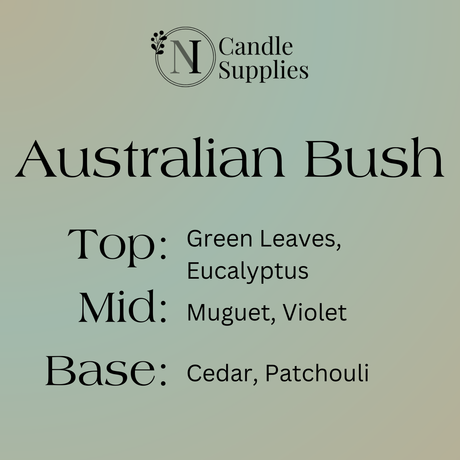


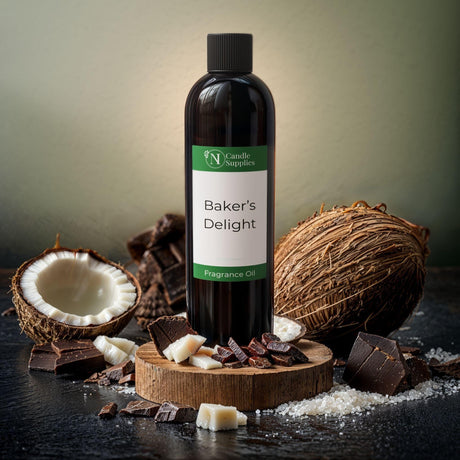






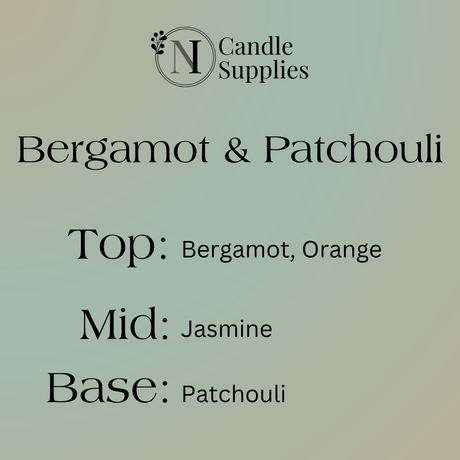

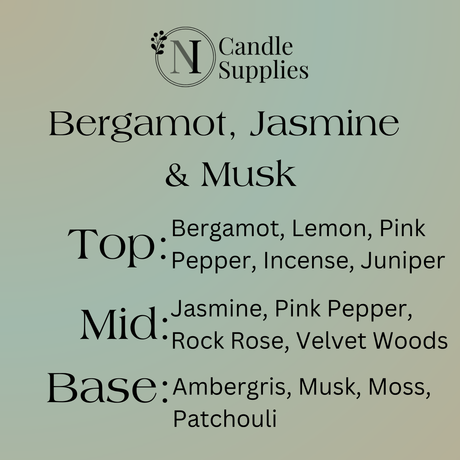



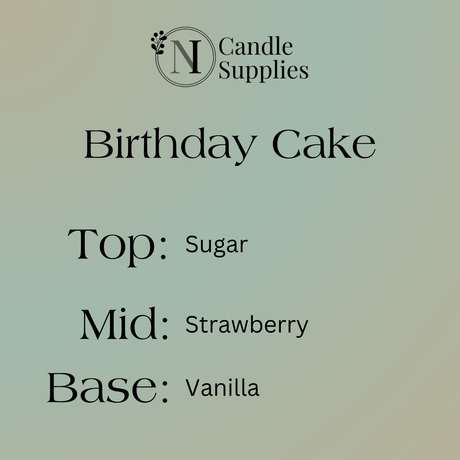
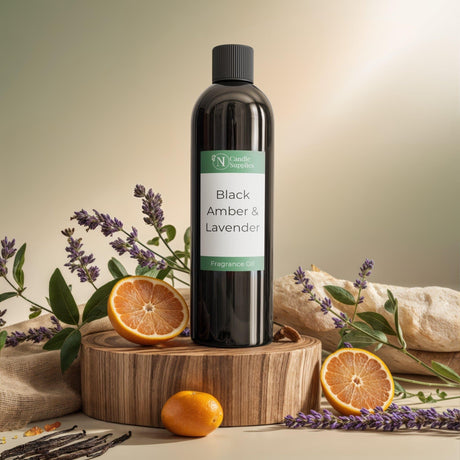


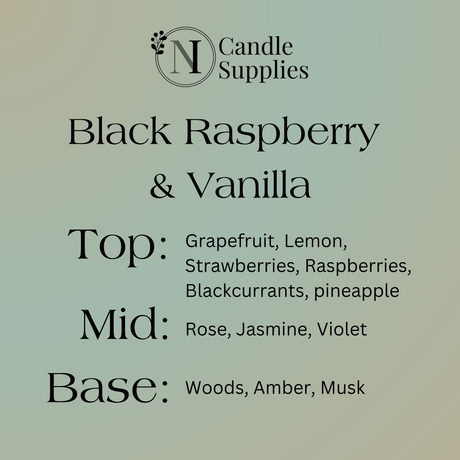









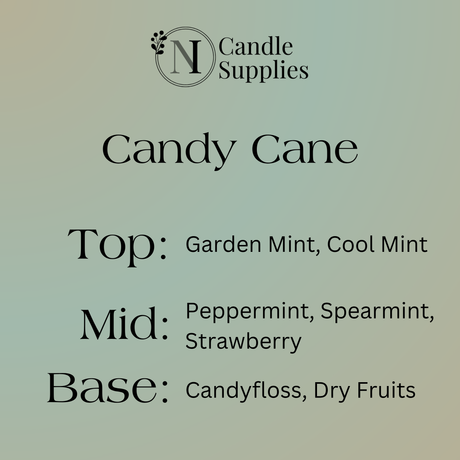












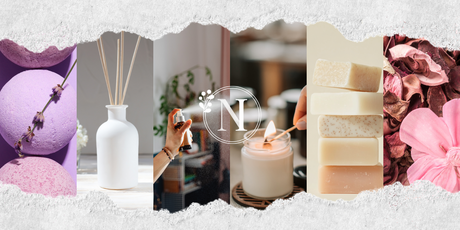










29 comments
Hi there, I’m wondering if essential oils work the same are fragrance oils? Will this calculation work for them?
———
NI Candle Supplies LTD replied:
Thanks for your comment, Eve. Yes, the calculator can be used for essential oils or fragrance oils – the guidance on CLP also applies to both types of oils. We hope that helps!
On the wax melt page it says “ When using fragrances, a good rule of thumb is 10% or 100 grams of fragrance oil per 1000 grams of wax – but testing and experimenting is always recommended” is this right ? I thought you just do 10% for the oil with how much wax you use.
———
NI Candle Supplies LTD replied:
Thanks for your comment Jenni. Usually 10% fragrance oil to the amount of wax being used is perfect, however sometimes this may result in the wax melt being overpowering, which is why testing is suggested to obtain the best balance for each scent.
Hi hopefully I will be starting to make candles soon and hopefully to get my wax from nicandlessupplies
I’ve been using the calculator for years and now it’s not on the page is it coming back?
———
NI Candle Supplies LTD replied:
Thanks for your comment, we are in the process of resolving a glitch with this blog and the calculator will be available again soon. In the meantime, you may access it within any of our fragrance oil listings – https://www.nicandlesupplies.co.uk/collections/all-fragrance-oils/products/50-shades-candle-bath-body-fragrance-oil
Please I cannot find the calculator for fragrance load. Can you give me the exact link?Thanks in advance.
———
NI Candle Supplies LTD replied:
Thanks for your comment, we are in the process of resolving a glitch with this blog and the calculator will be available again soon. In the meantime, you may access it within any of our fragrance oil listings – https://www.nicandlesupplies.co.uk/collections/all-fragrance-oils/products/50-shades-candle-bath-body-fragrance-oil
This is a great tool and I use it a lot! Recently – the mobile version of the tool has started to display two sets of results. I’m not sure what they mean – can you help please?
Many thanks, Siobhan
———
NI Candle Supplies LTD replied:
Thanks for your comment Siobhan. We’ve tested on mobile on our side and can only see one set of results. If you could please email us a screenshot of what you’re seeing, we’d be happy to investigate further.
I use this calculator all the time. Thank you so so much for this resource. It works a treat!
The calculator is awesome. I’m new to candle making and I gathered some great info from you. Thanks so much for sharing.
Hi, thank you for the information. I usually use pure essential oils. What’s the recommended percentage to use and still get a good hot throw. I usually use 4% and wonder if I need to increase it by a bit.
———
NI Candle Supplies LTD replied:
You’re very welcome. The amount of essential oil that can be safely used depends on the oil itself and the percentages shown on the IFRA for the oil, you would need to consult with the supplier of the oils for this. Generally speaking, EOs can’t be used much higher than 6% however we need to stress this is general information only; as we do not stock essential oils.
Thank you so much for this brilliant tool!! It made my very first candle making experience a breeze!
Brilliant tool and overall a very informative blog.
Thank you for this information and the calculator, it is very helpful and so much appreciated.
Thank you very much the calendar is spot on and I love it 🕯🕯🕯
Thank you so much. I haven’t made candles in a while so this was very helpful!
This is amazing and I am glad I came across this blog
Great tool, thank so much!! I love it!!